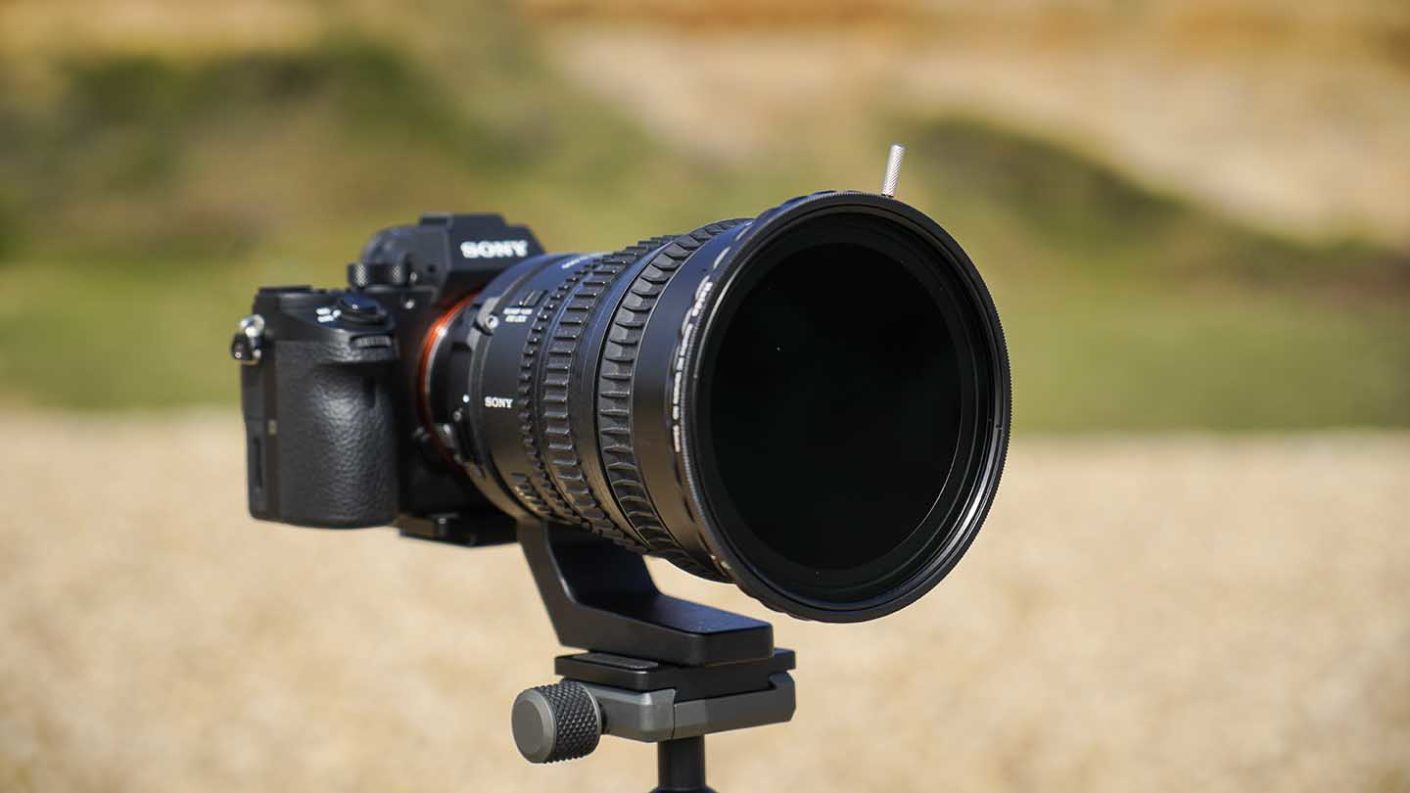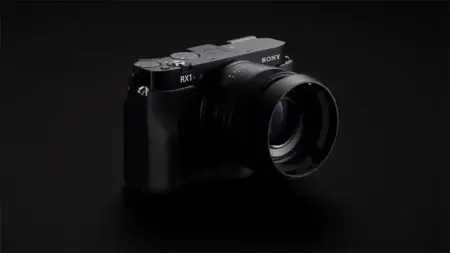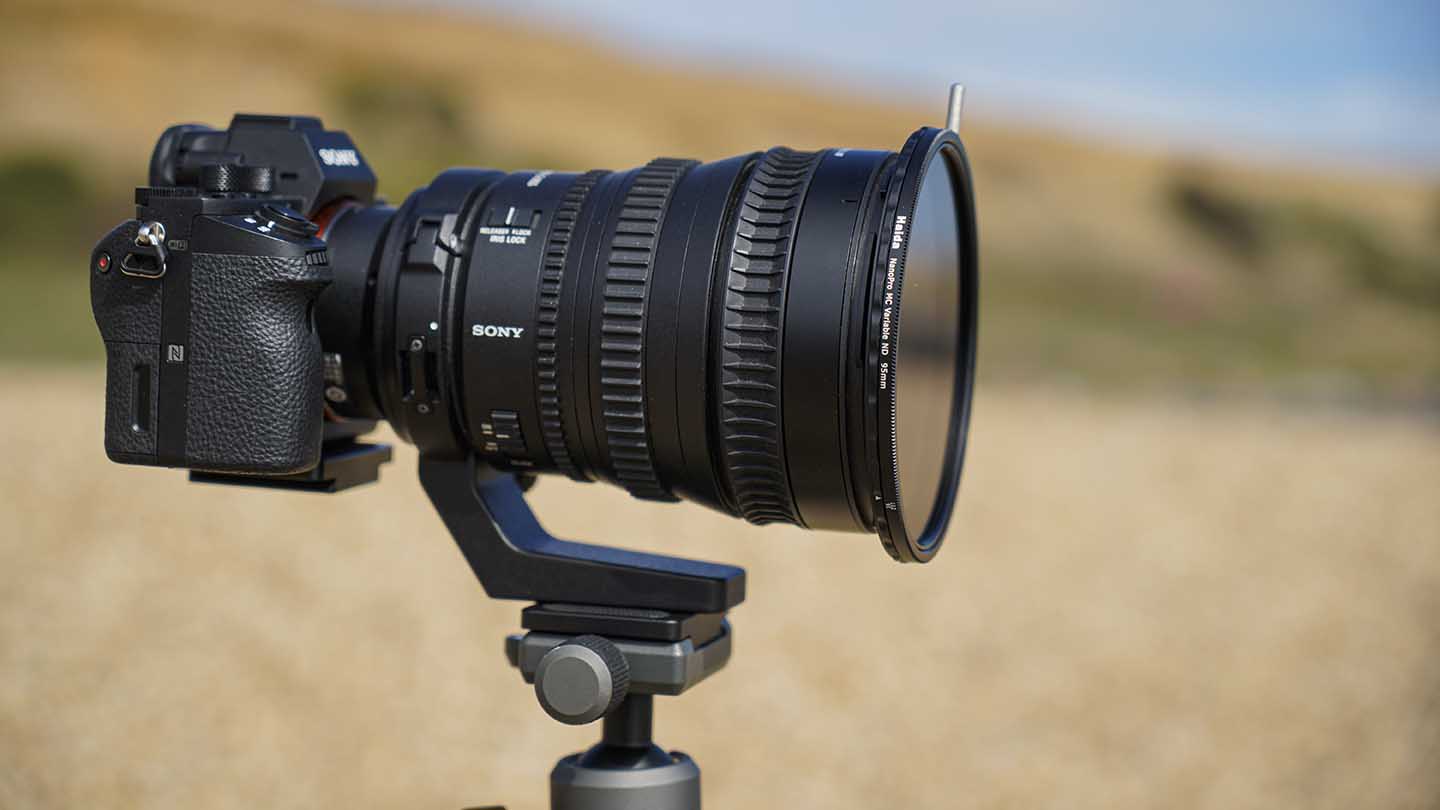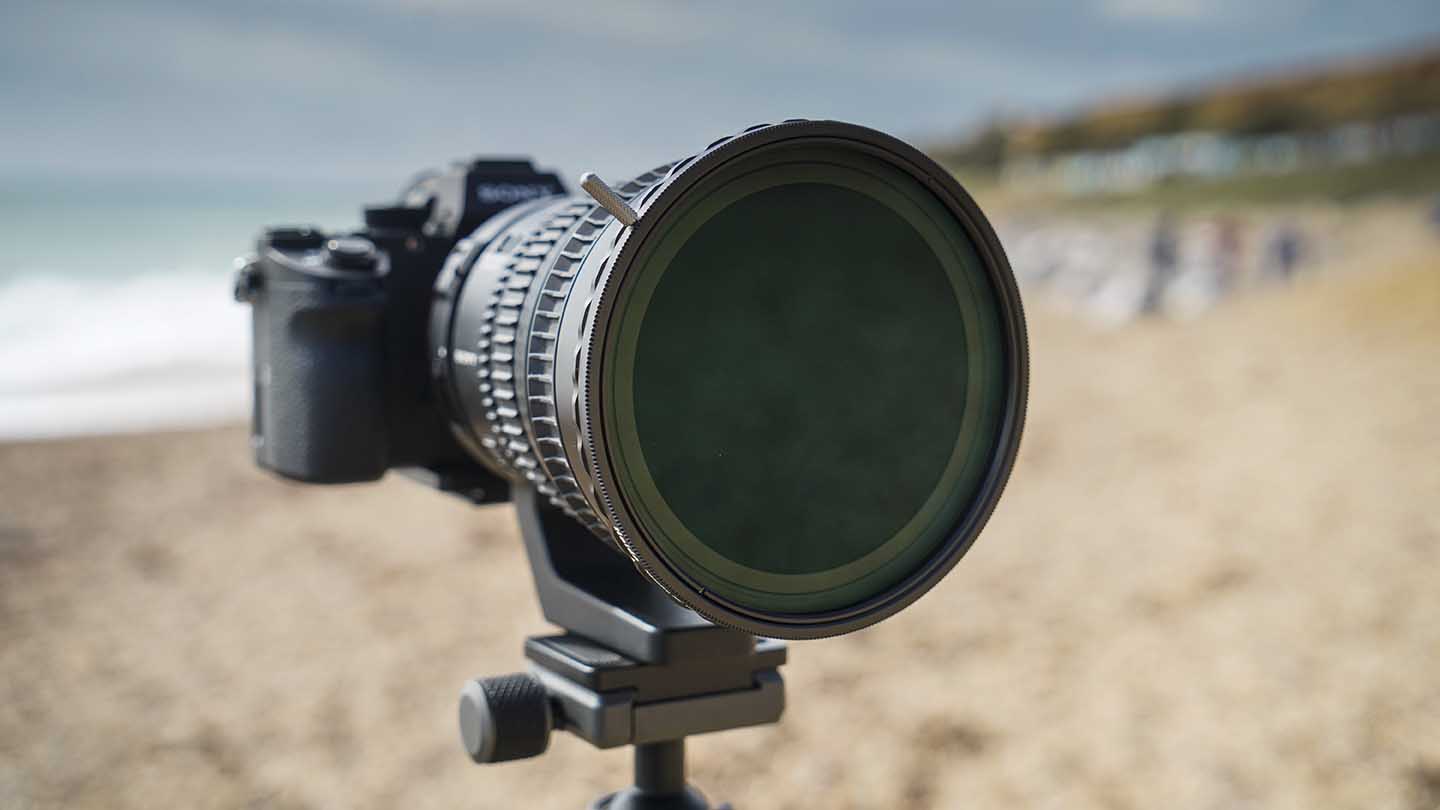Variable NDs should be an essential part of your kit bag as they enable easy adjustment over the amount of light that passes through your lens and into your camera.
Of course, you can do this by adjusting your camera’s settings, but there are many occasions where there’s just too much light, and it’s impossible to use the creative camera settings you want.
You may be shooting a summer portrait and want to open the aperture up to soften the background or extend exposures to get smooth water or cloud effects. In other situations, you may be shooting video and due to the brightness of the location find that you’re unable to adhere to the 180º shutter rule.
In all these situations, a Variable ND is essential. The Haida NanoPro Variable ND Filter is a great example.
What marks the Haida out against much of the competition is the range of sizes available with the largest 95mm being ideal for videographers while the smaller 67mm is ideally suited to the standard Sony kit lens, amongst others.
The Haida VND works by using two polariser elements; the rear element is fixed while the front one rotates. As the front element is rotated the strength of the polarization increases, effectively reducing the amount of light that can pass through.







